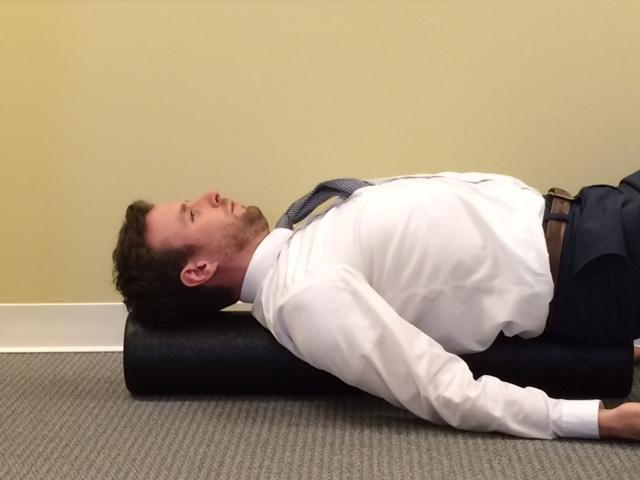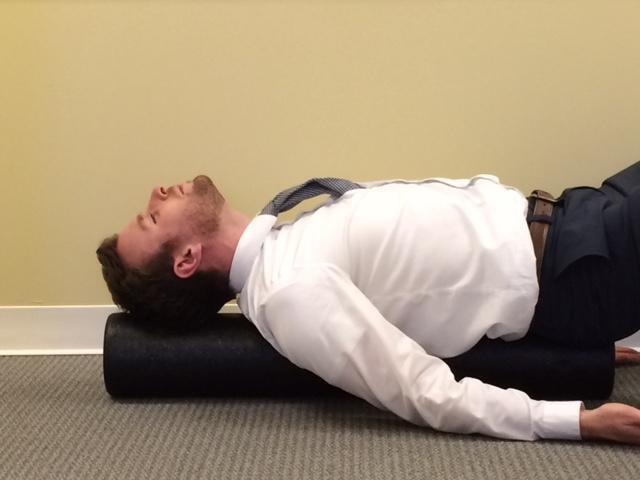What is hunchback, and who exactly is at risk for developing it?
When we think of the term “hunchback,” the image of a lonely, kind-hearted bell ringer comes to mind. What if we told you that hunchbacks are not only fabrications of childhood stories or limited to the Notre Dame area, but in fact are very real people suffering from painful back issues? At Ward Chiropractic and Rehabilitation, we see clients with hunchback frequently, and often this upper back hump is the result of existing back issues.
While commonly referred to as “hunchback,” a person with this condition is known in the medical world as Hyperkyphotic. Recognized by their rounded upper backs and forward-tilted heads, people who experience hunchback find that it typically worsens with age. This is why we commonly notice aggressive hunchbacks in the elderly; their backs are so rounded that they look like they may topple over!
While more pronounced in the elderly, this problem can start as early as the teenage years. Old injuries and genetics can play a role in the development of hunchback, but its biggest culprit is poor posture. Computers, couches, driving, and smartphones are all to blame, and if you’re smacking yourself on the wrist for being guilty of this habit, rest assured that you are not alone. When you catch yourself in a place of poor posture, be sure to sit straight with your spine aligned and pull your shoulders back. Extra stress on the shoulders and upper back is crucial for your spinal health!
How do you tell if you are headed for a hunchback? In later stages the hump becomes obvious but early identification of this issue yields the best chance for resolution. Here is a simple test to see if you are starting to develop a hump – all it requires a foam roll and a friend.
1. Lie on your back with your spine parallel to the foam roll
2. Have your friend look at your side profile.
If your chin is naturally tucked, that is a normal position of the spine. Here is a normal position:

If your chin is tilted up, even a little, this is indicative of the start of hyperkyphosis. Here is an example:

Stay tuned for future blog posts that will outline specific exercises to help reduce posture problems! For any questions regarding this condition or how to treat it, contact Ward Chiropractic and Rehabilitation today.

